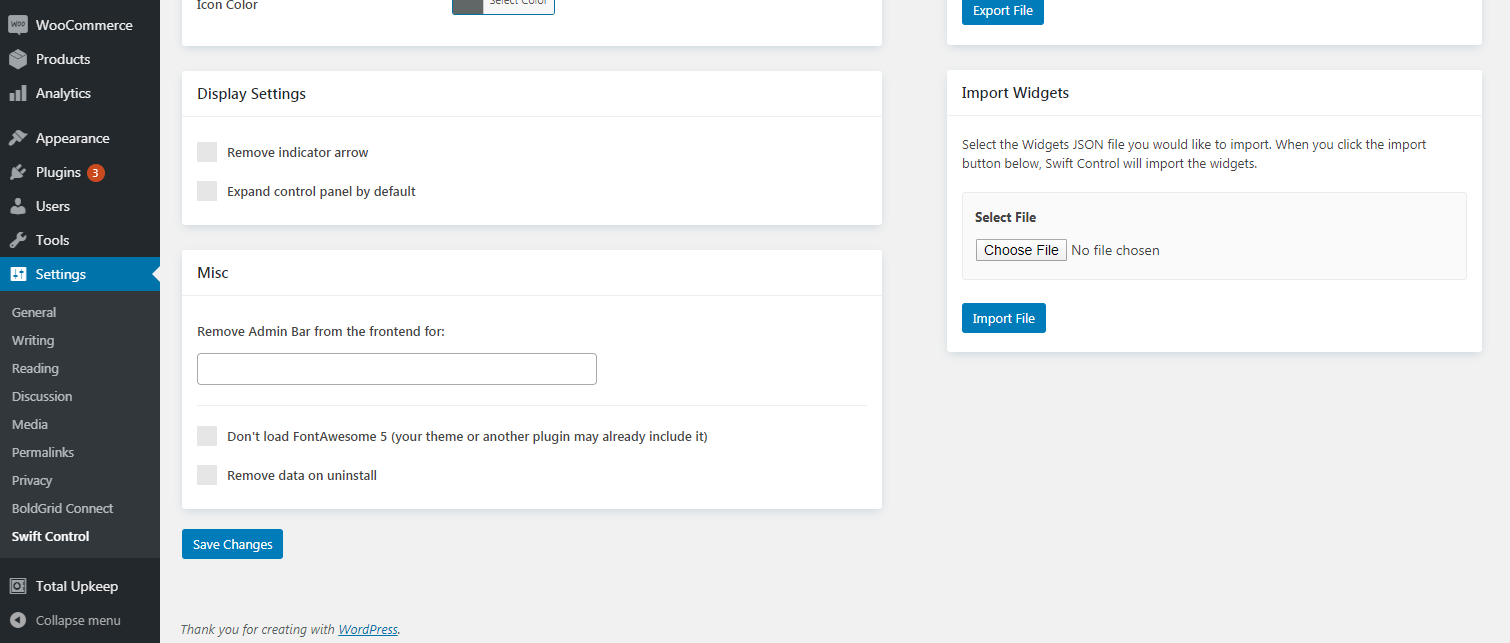
It’s basically a wrapper for all the persistent variables. The class is loaded from UserDefaults on app startup and every time that a variable is updated, the whole class is saved. I will create a class that will hold all the information needed to be saved permanently. In my projects, I’ve changed the approach and I’ve created a manager class. Then, you will forget if you have already used or saved something somewhere in your app. This technique is great, but in bigger apps, it is quite easy to lose control and end up with scores of UserDefaults saved all over the place.
#User defaults swift code
One line of code and the data is retrieved. Apple operating systems offer us some options to perform this task and, without a doubt, UserDefaults is the easiest of all. We hope we’re living up to the mission with your project.Storing permanent pieces of information in an app or in a project is quite common nowadays. Thanks for visiting Appdome! Our mission is to secure every app on the planet by making mobile app security easy. If you have any questions, please send them our way at or via the chat window on the Appdome platform. Protections Similar to Data at Rest Encryption
#User defaults swift android
Releasing Secured Android & iOS Apps built on Appdome.Īll apps protected by Appdome are fully compatible with any public app store, including Apple App Store, Google Play, Huawei App Gallery and more.Deploying/Publishing Secure mobile apps to Public or Private app stores.Customizing, Configuring & Branding Secure Mobile Apps.Releasing and Publishing Mobile Apps with Data at Rest EncryptionĪfter successfully securing your app by using Appdome, there are several available options to complete your project, depending on your app lifecycle or workflow. All protections are built into each app and the resulting app is self-defending and self-protecting. There is no SDK and no library to code or implement in the app and no gateway to deploy in your network. Using Appdome, there are no development or coding prerequisites to build secured Apps by using Data at Rest Encryption. Signing Credentials (see Signing Secure iOS and Android apps).
#User defaults swift free
To use Appdome’s mobile app security build system to Encrypt App Preferences, you’ll need:Īppdome account ( create a free Appdome account here) Prerequisites to Using Data at Rest Encryption: Certified Secure provides instant and in-line DevSecOps compliance certification that Data at Rest Encryption and other mobile app security features are in each build of the mobile app To verify that the Data at Rest Encryption protection has been added to the mobile app, locate the protection in the Certified Secure™ certificate as shown below:Įach Certified Secure™ certificate provides DevOps and DevSecOps organizations the entire workflow summary, audit trail of each build, and proof of protection that Data at Rest Encryption has been added to each iOS app. On Appdome, follow these 3 simple steps to create self-defending iOS Apps that Encrypt App Preferences without an SDK or gateway:Ĭertify the Data at Rest Encryption feature in iOS Apps.Īfter building Data at Rest Encryption, Appdome generates a Certified Secure™ certificate to guarantee that the Data at Rest Encryption protection has been added and is protecting the app. Encrypting App Preferences on iOS apps by Using Appdome

Furthermore, App Preferences are stored as plain-text data (unencrypted) by default, which makes them an easy and target for hackers. The use of app preferences is very broad and flexible, and there is no restriction on the type of information that can be stored in preferences and retrieved by other resources. For example, app preferences can be used for displaying a screen that contains a user’s preferred currency or type of credit card used to process transactions in an e-commerce app. Preferences can be any kind of text-based data that may include information about users that is highly personal, private or sensitive. Preferences are stored as plain-text data inside iOS apps and can be retrieved by other apps and systems.

Preferences are used for creating a sense of persistence and personalization for mobile users, in order to improve the user experience. Apps store these preferences by assigning key-value pairs to a set of parameters in a user’s defaults database, which maintain persistence across app launches.

For example, you can allow users to specify their preferred units of measurement or media playback speed. In iOS app development, the NSUserDefaults class serves as an interface to the users’ defaults database, which allows an app to customize its behavior to match a user’s preferences. What are App Preferences (NSUserDefaults)? Learn to Encrypt App Preferences in iOS apps, in mobile CI/CD with a Data-Driven DevSecOps™ build system. Enterprise Authentication and Mobile SSO.


 0 kommentar(er)
0 kommentar(er)
